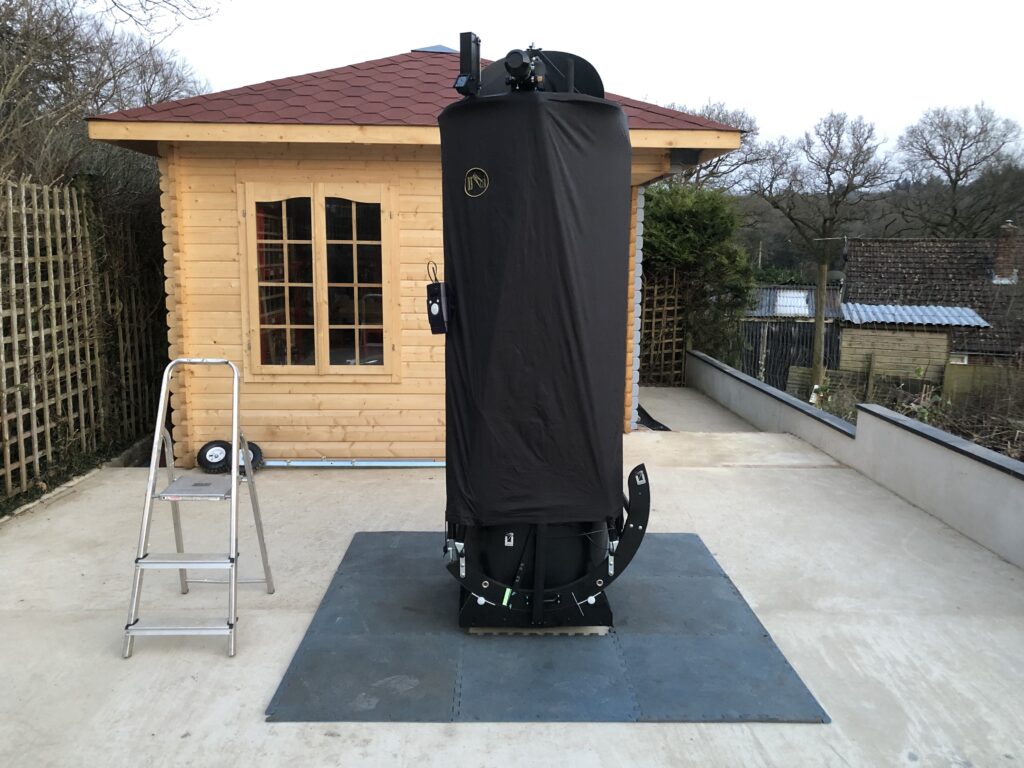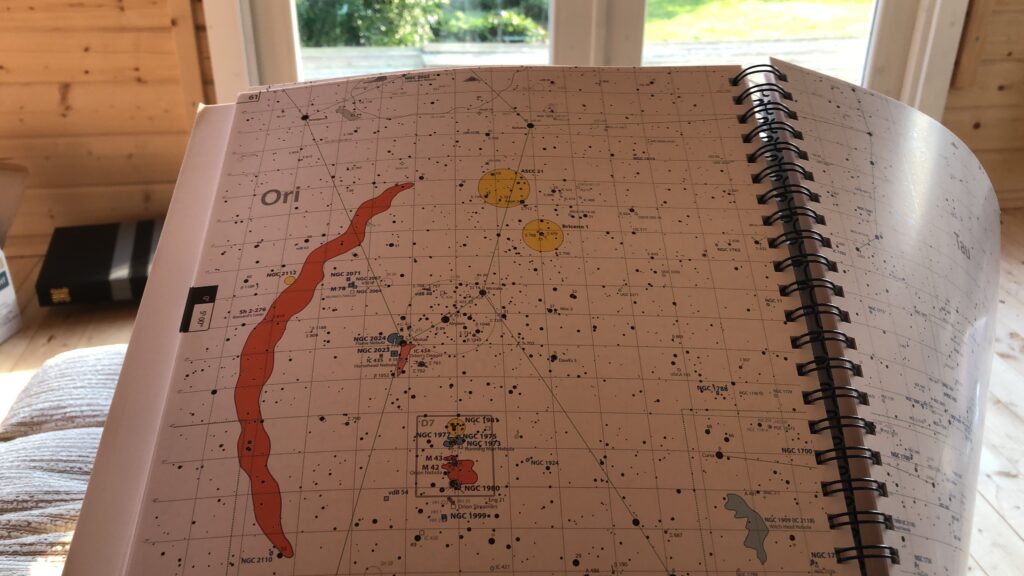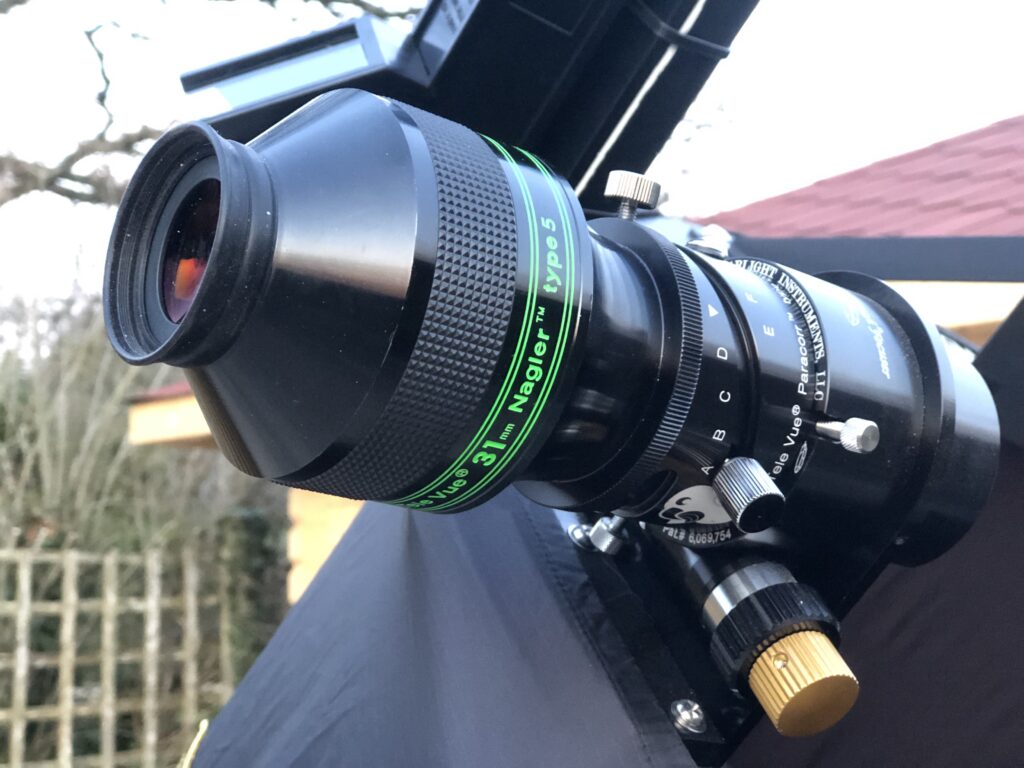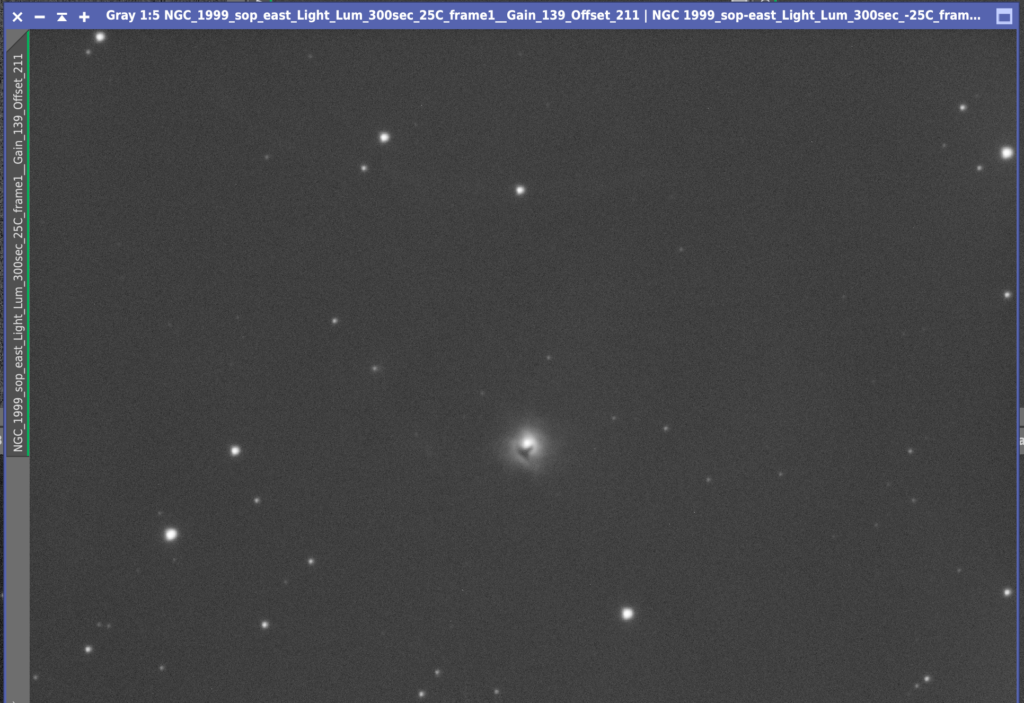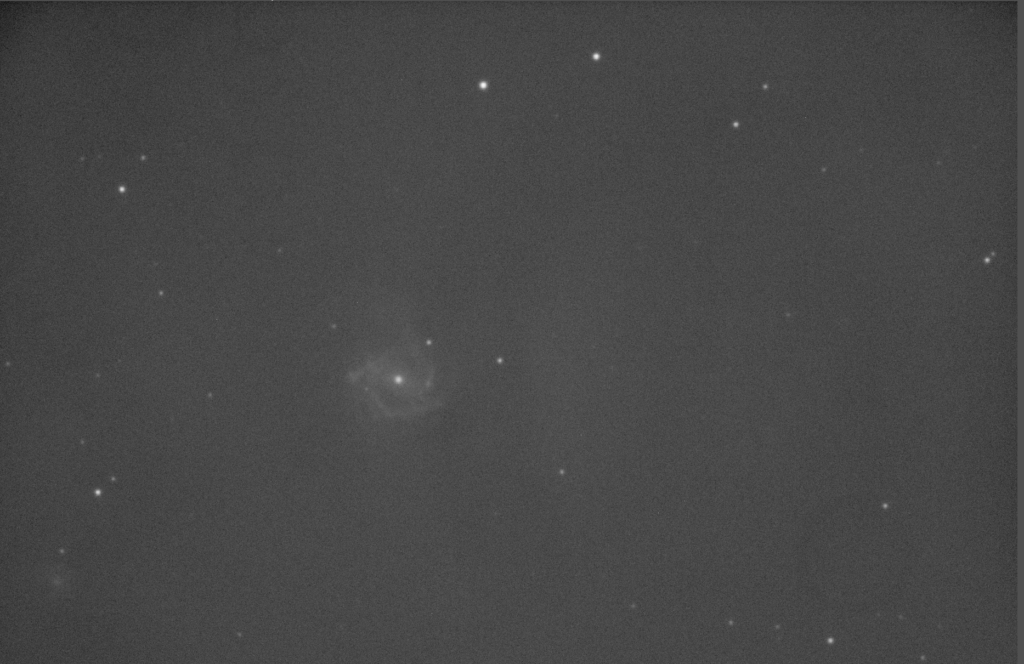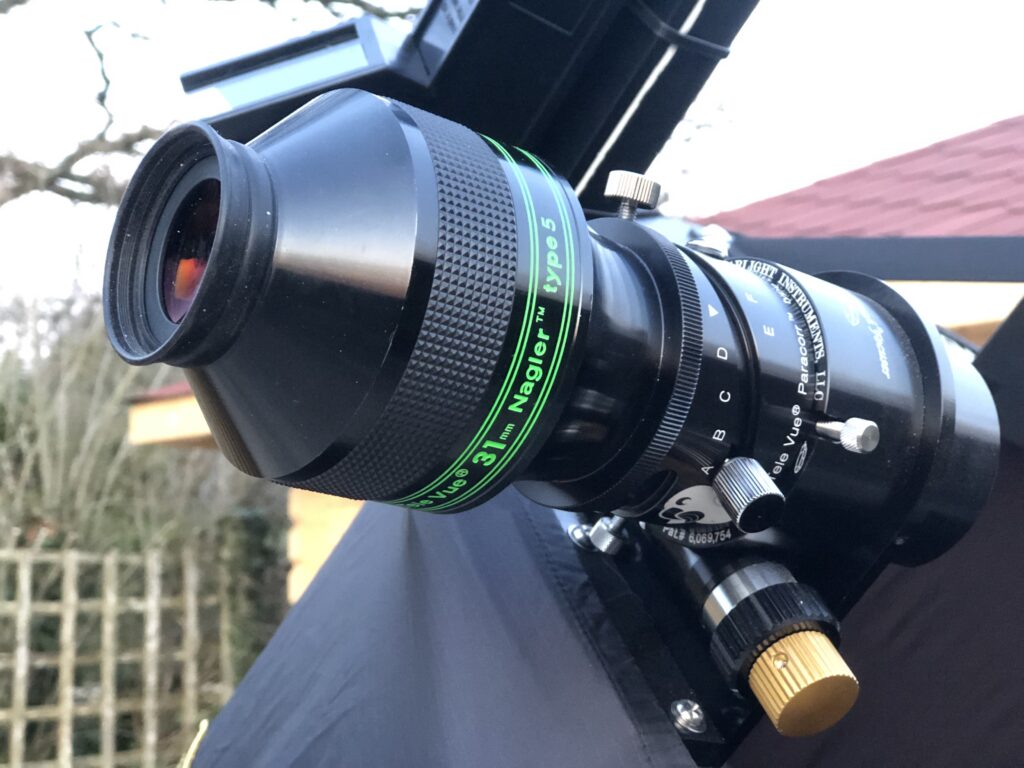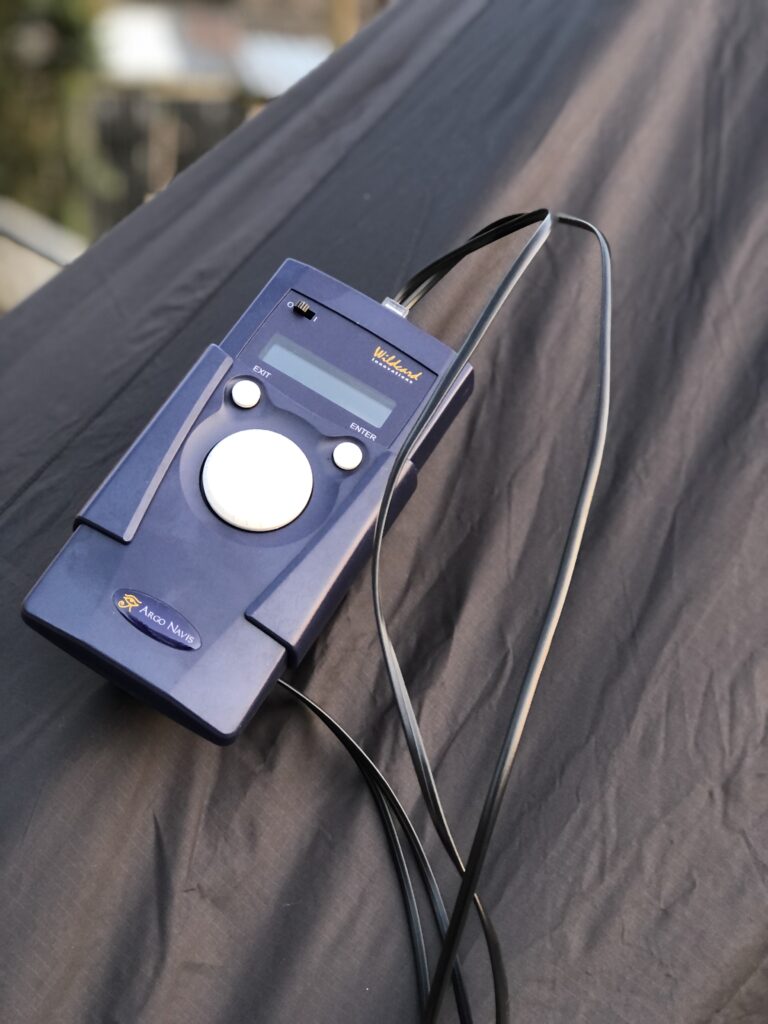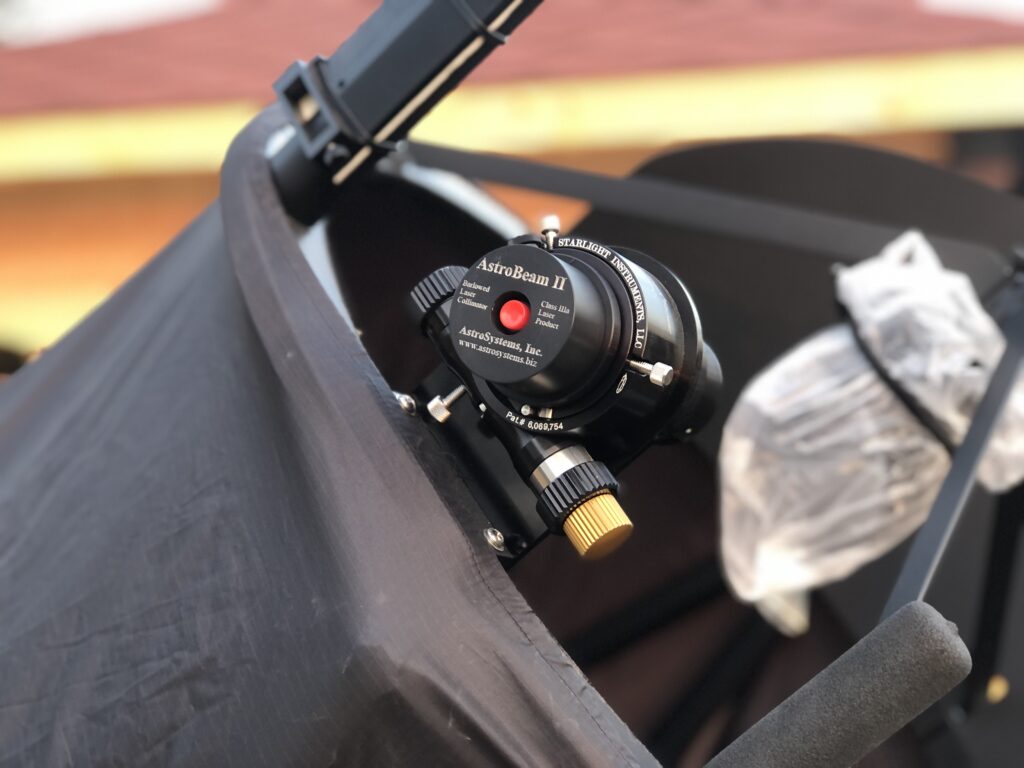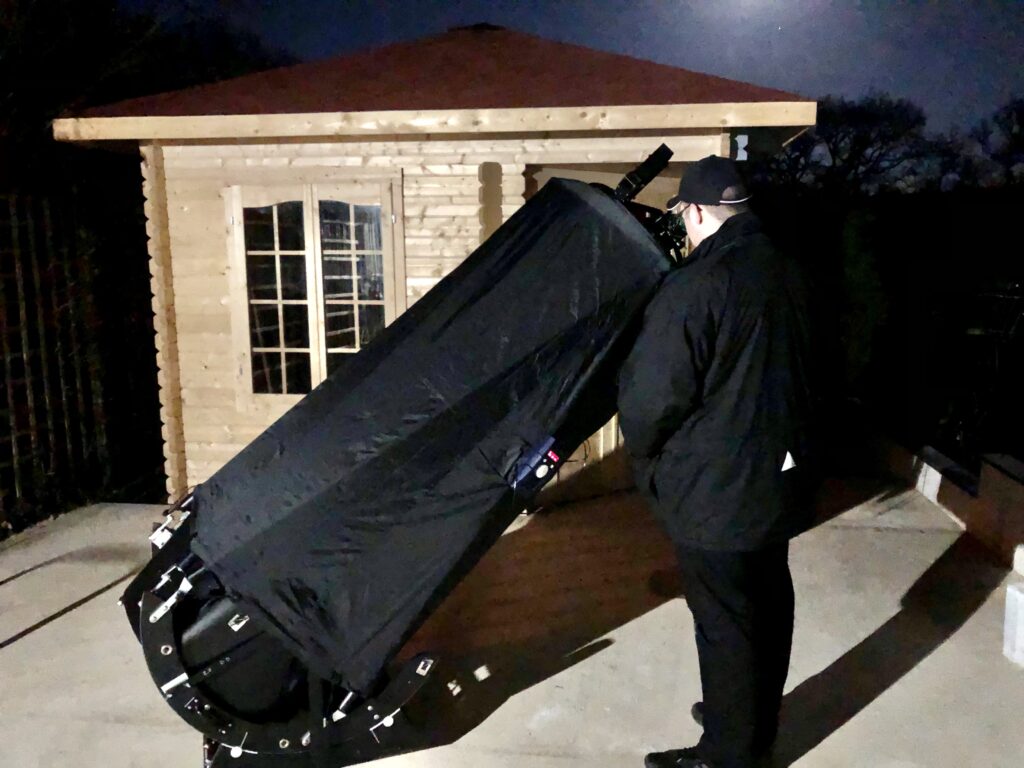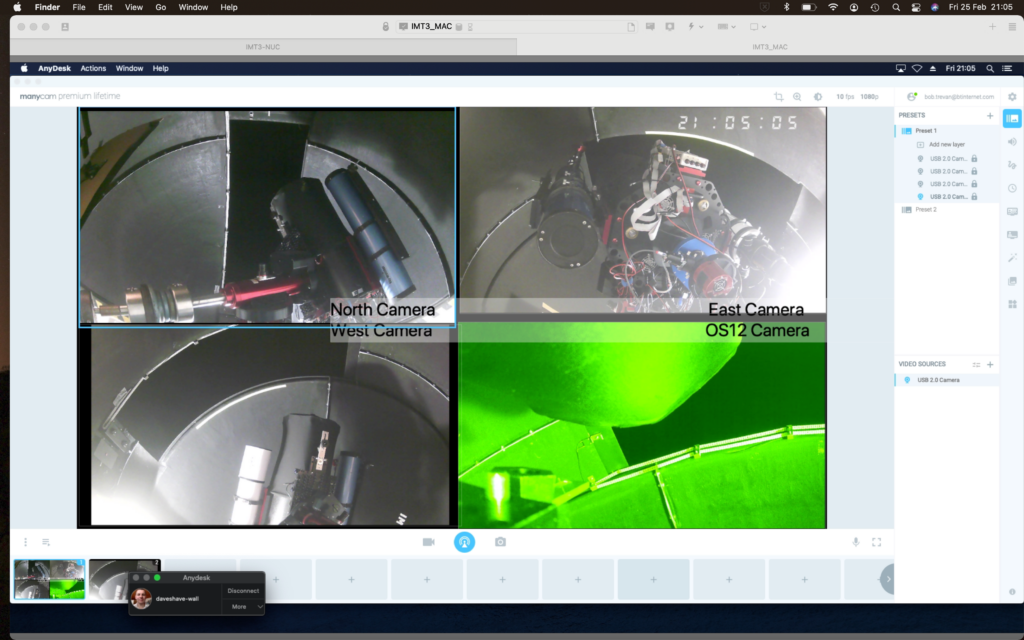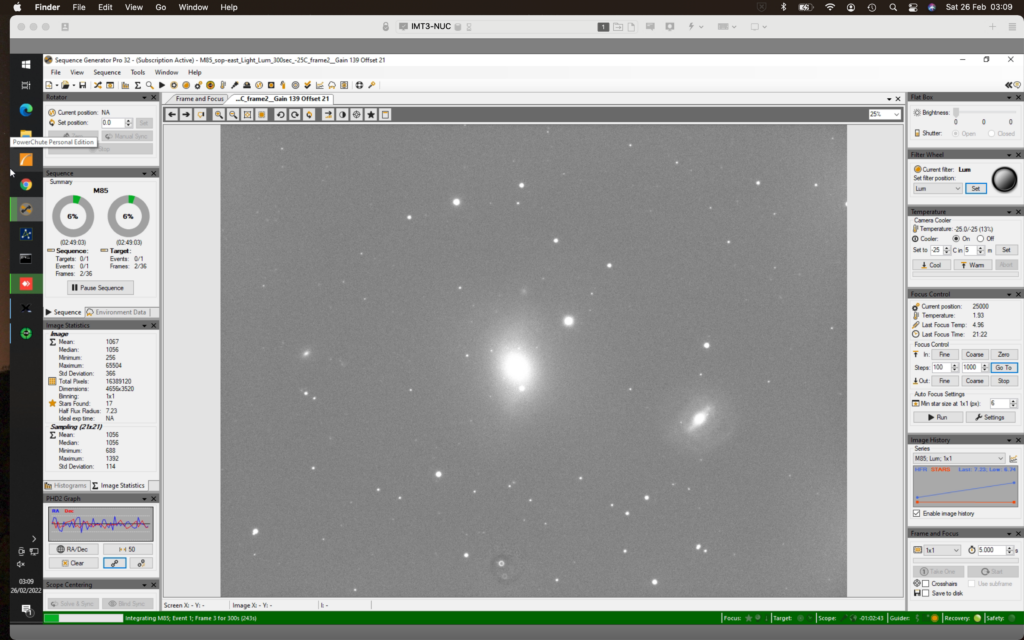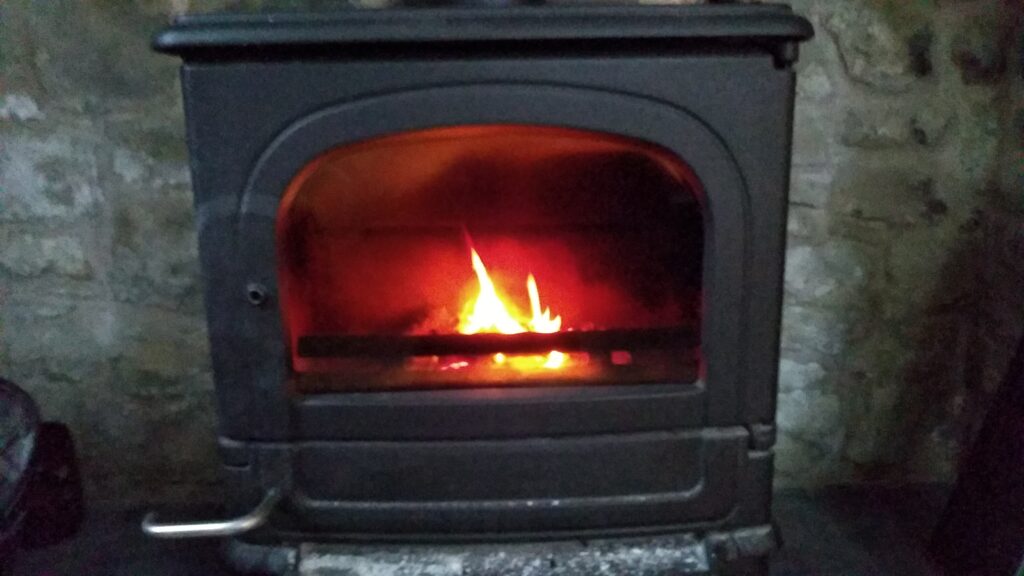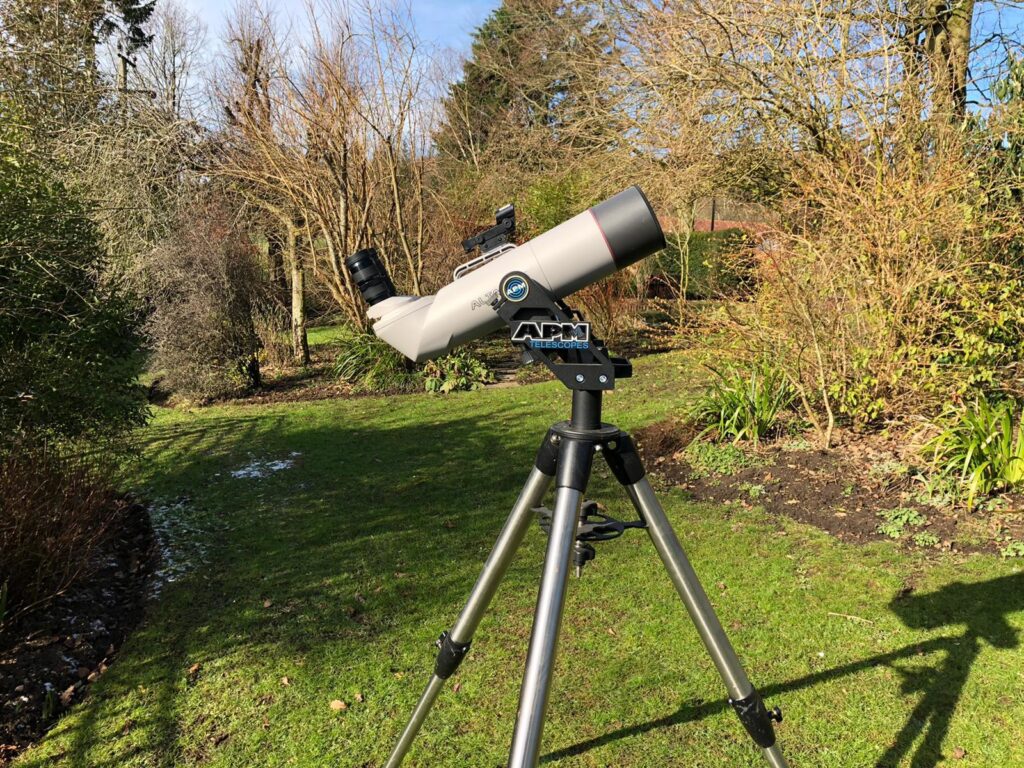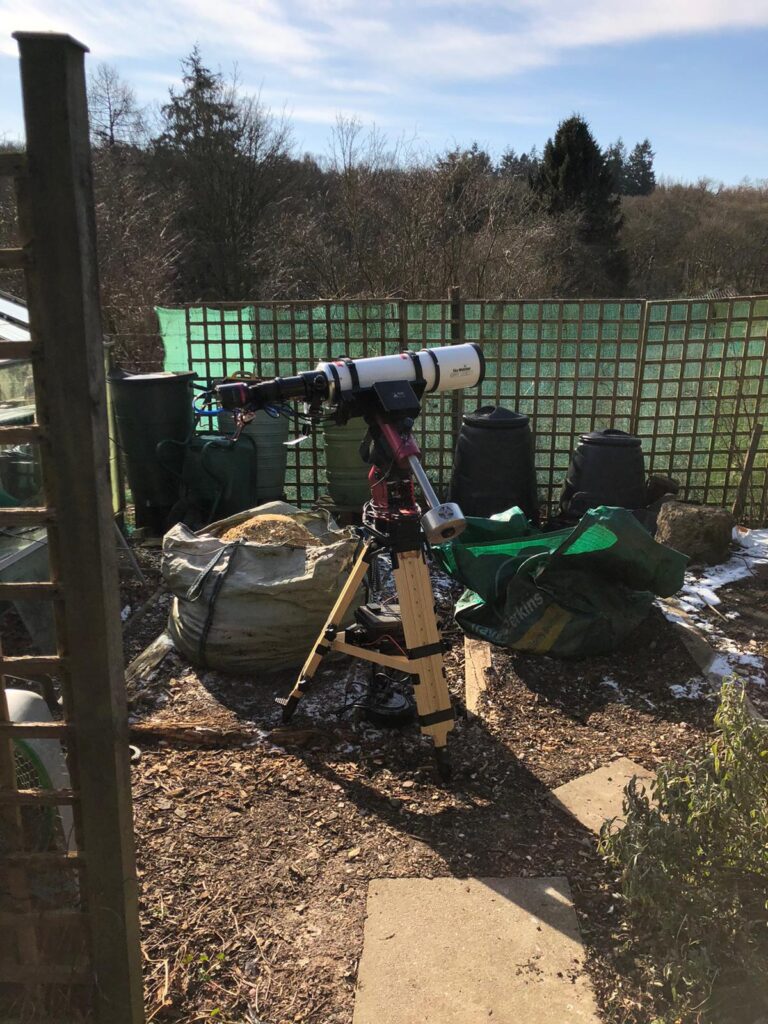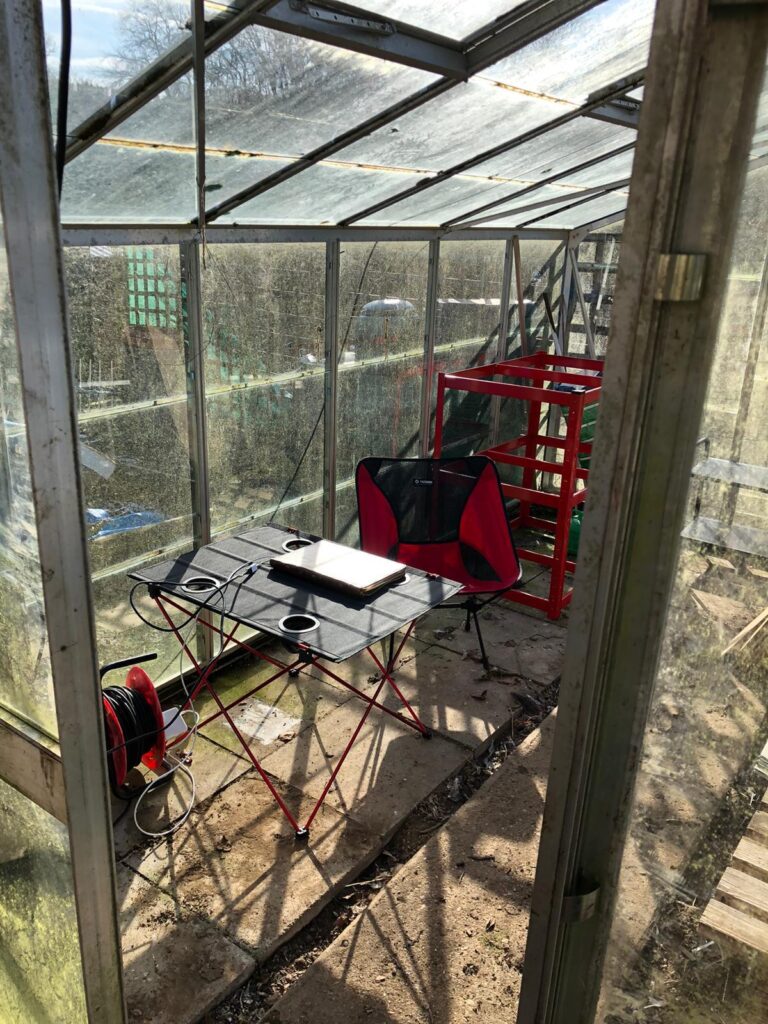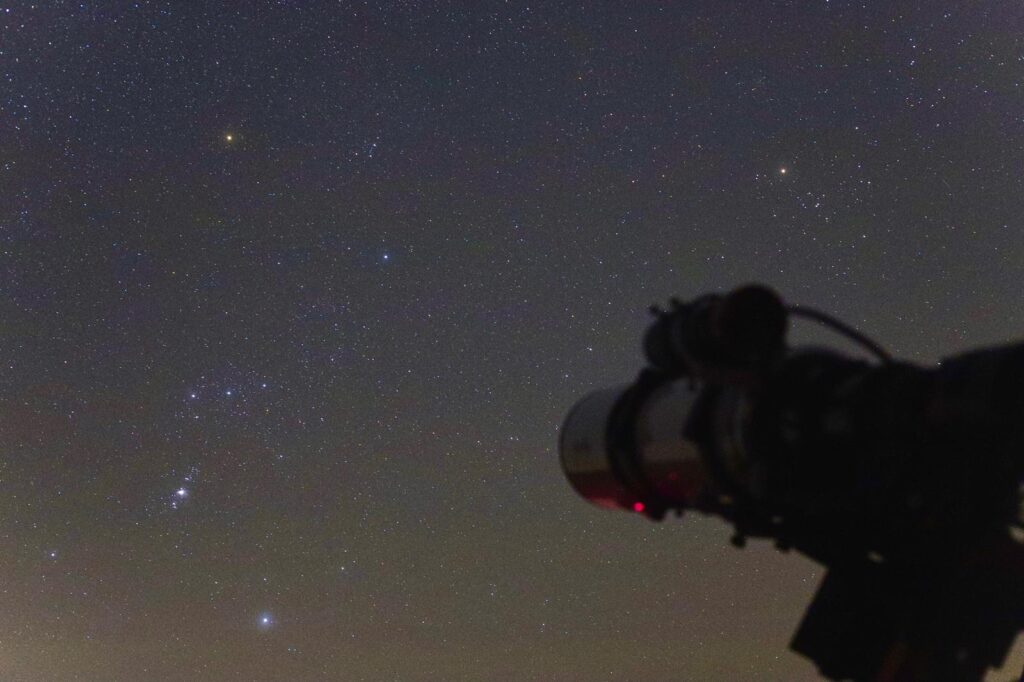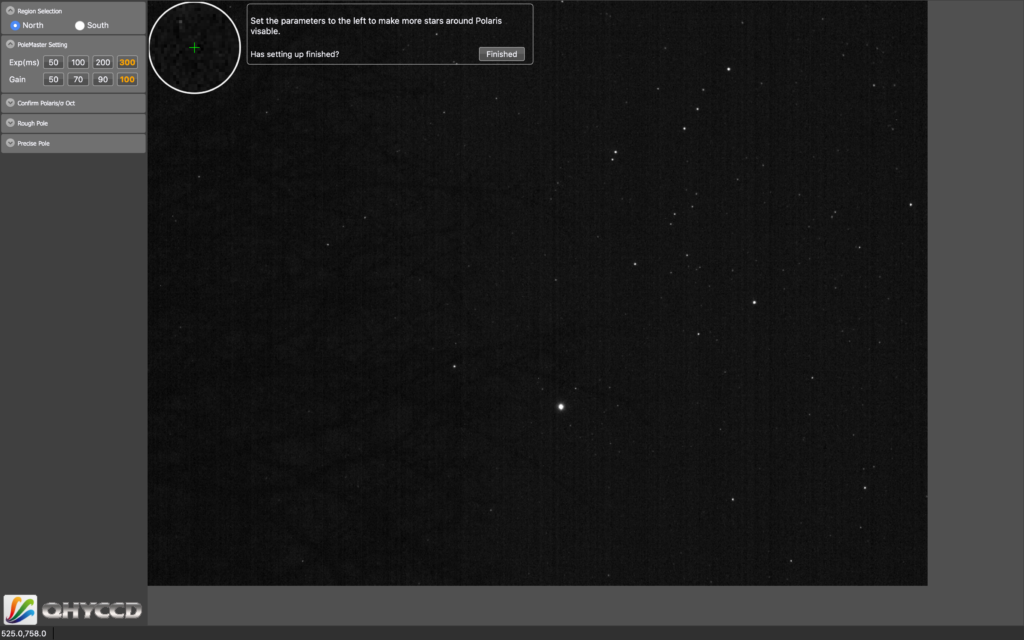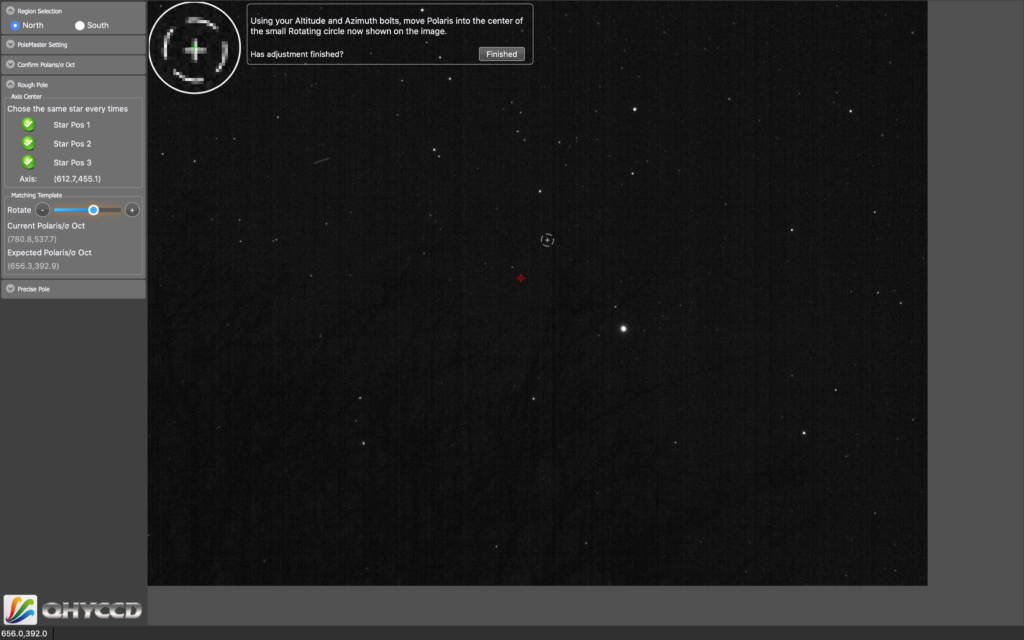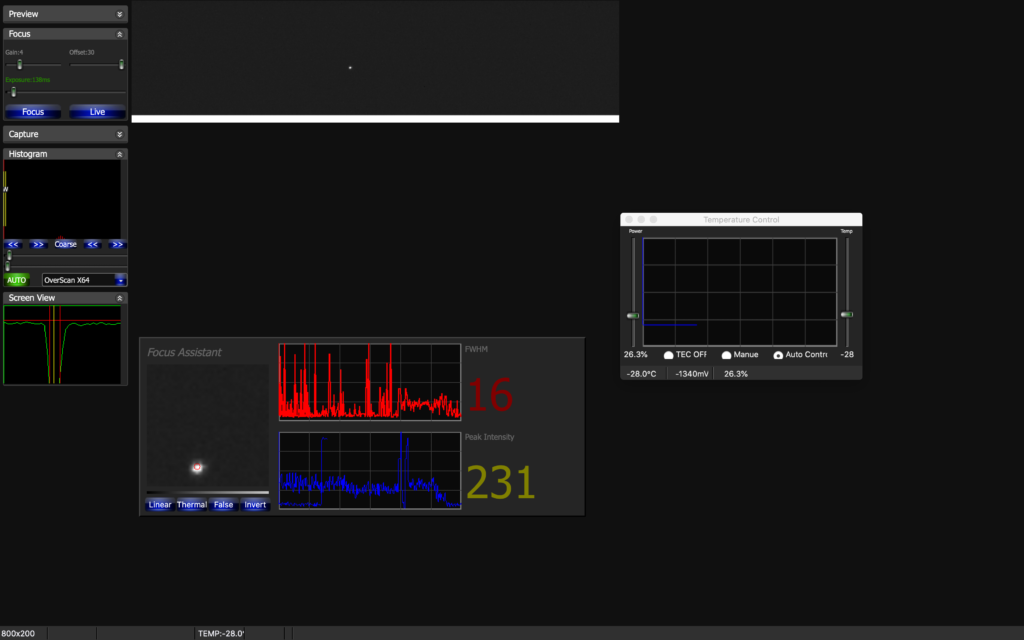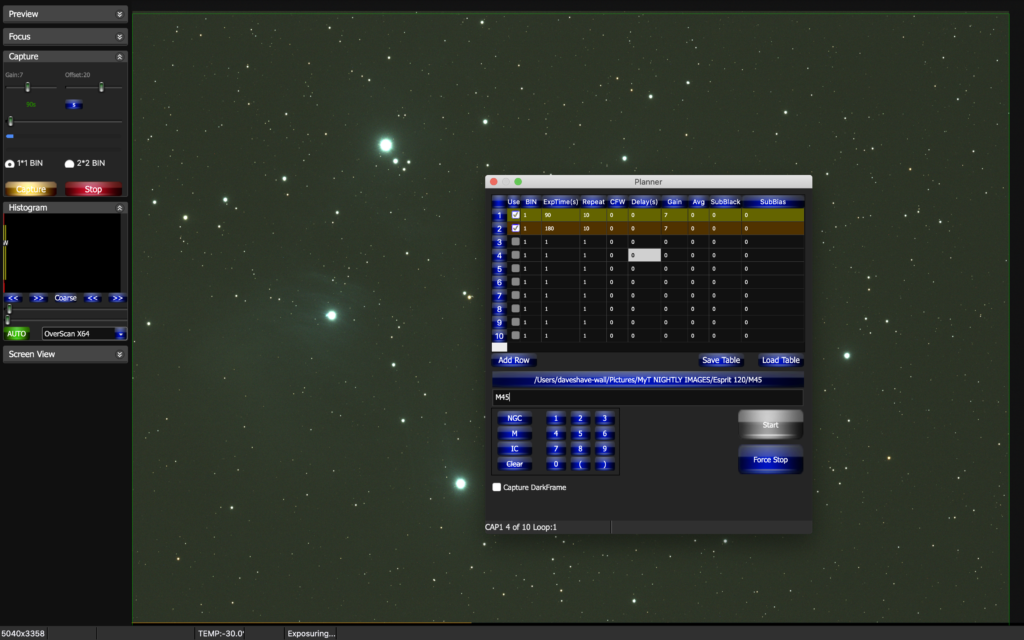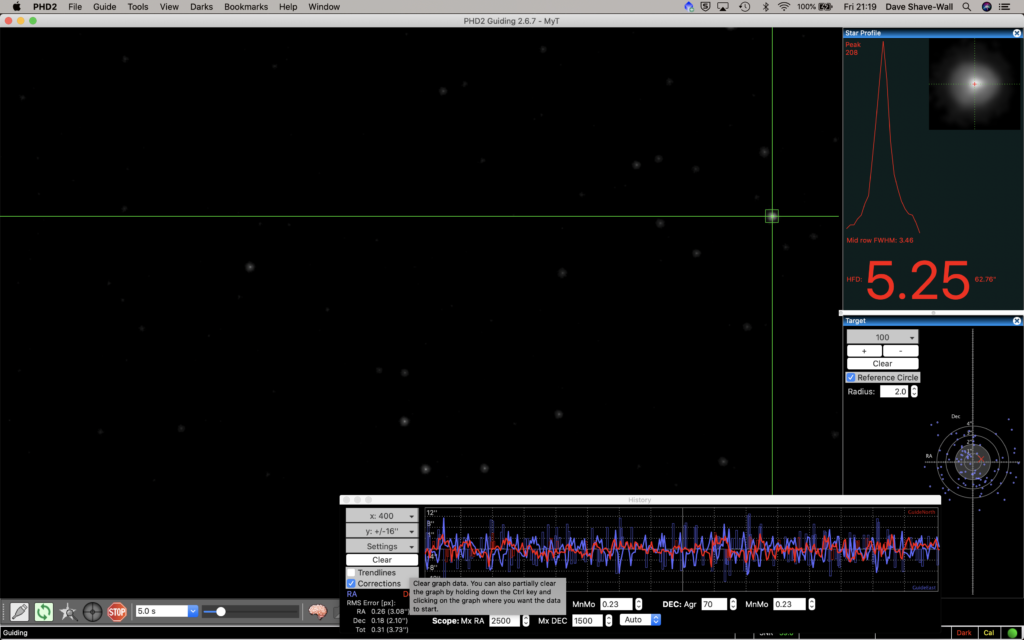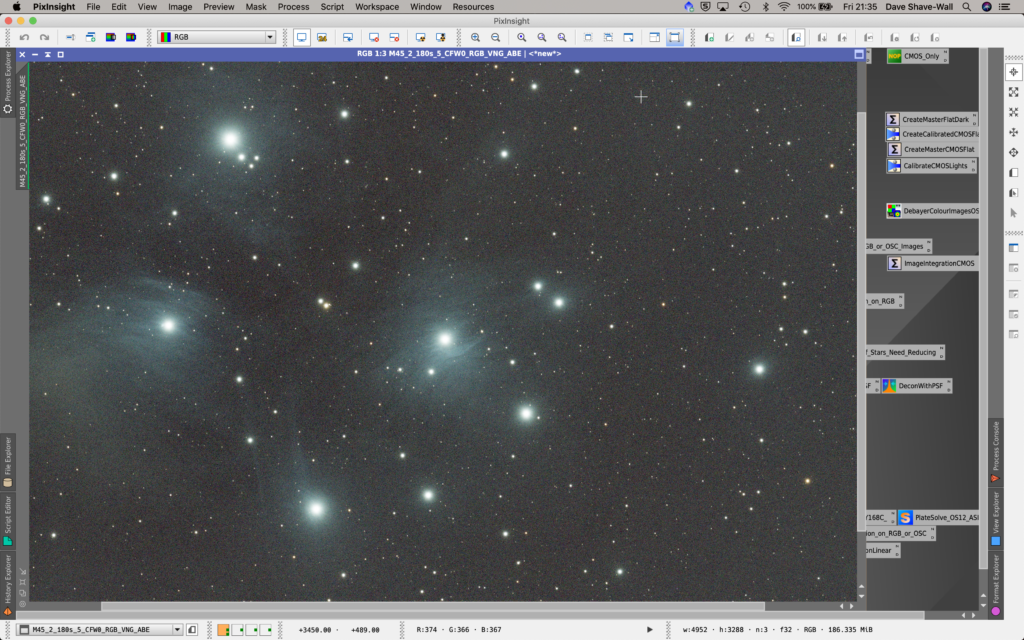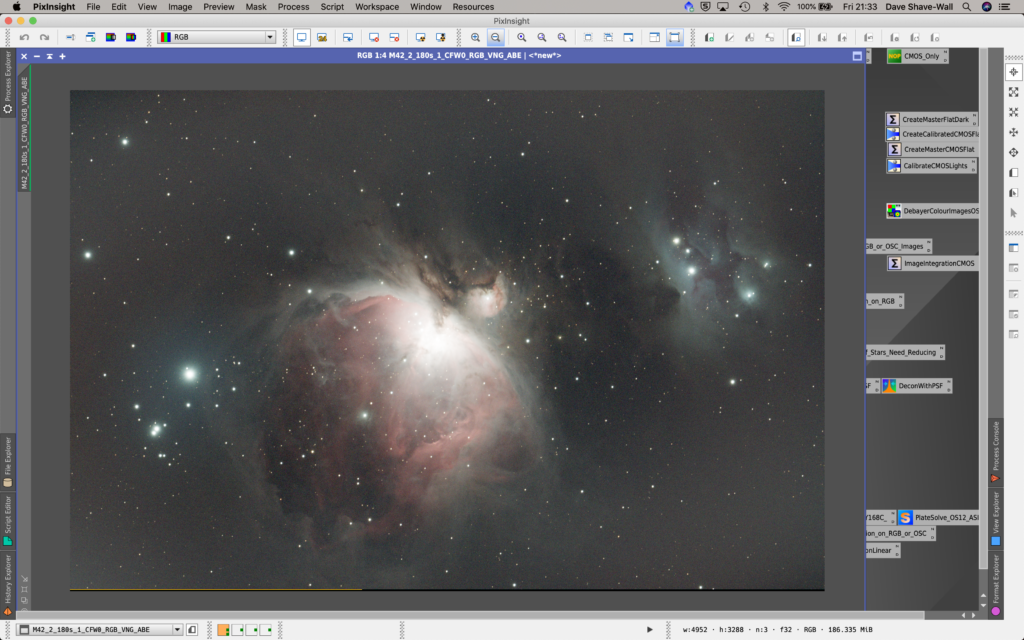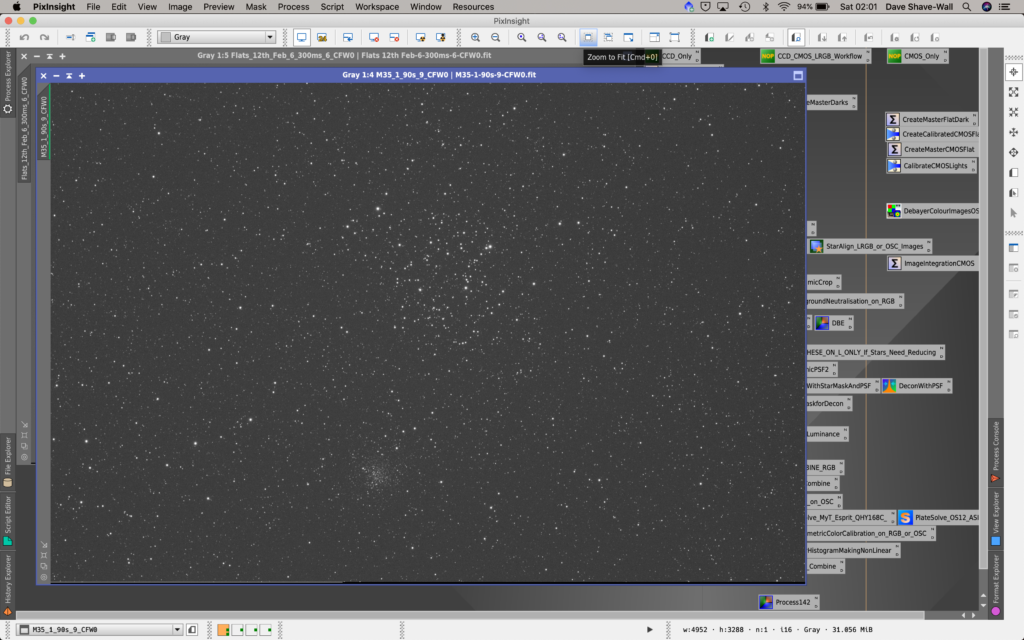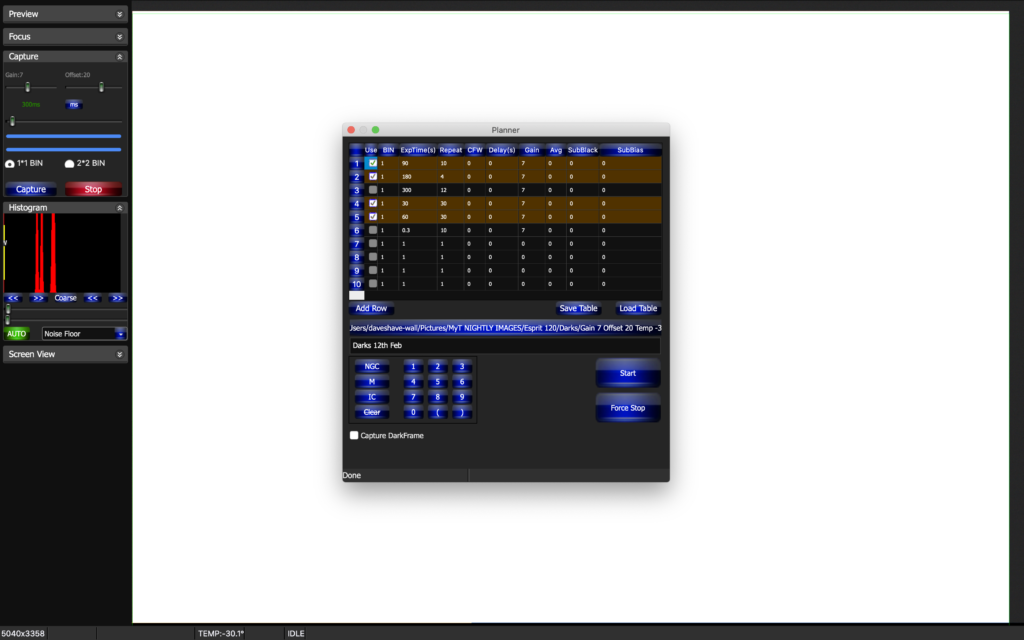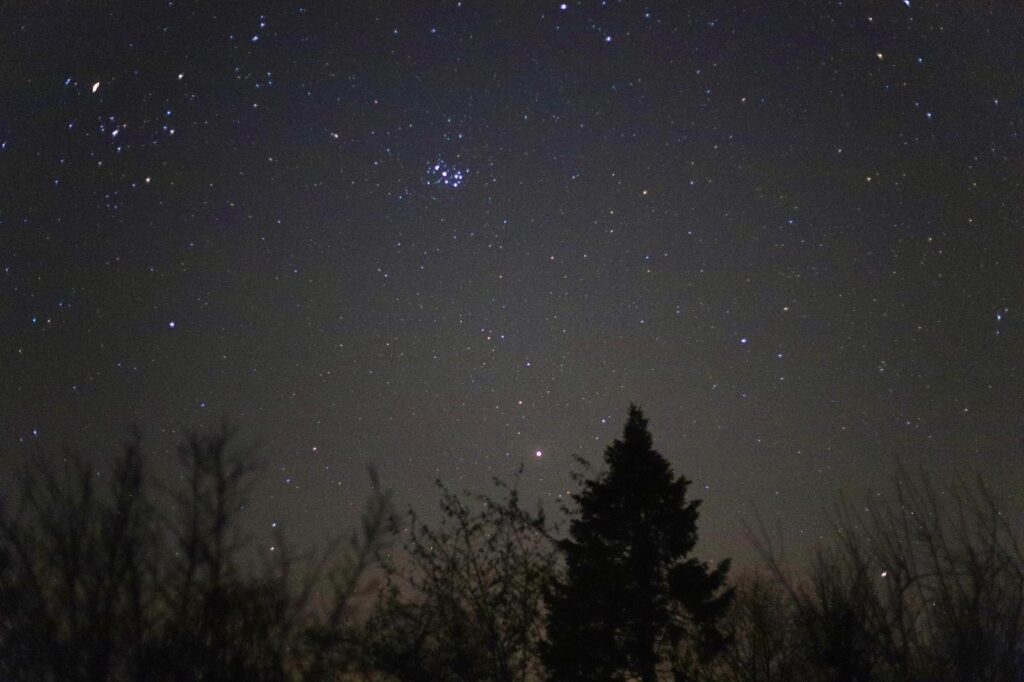19:47 – 03:00
Opened the dome and setup the 22″ Obsessions telescope for visual.
I have gone with a recommendation of Mark Radice this evening andI will both image and perform visual on M46 including the planetary nebula Herschel H39-4 that resides within it.
So with the 120 Esprit inside the dome imaging away on M46, now that it is to the East of the Meridian, I connected the Argo Navis to the 22″ and set about aligning the scope. After a few minutes and with the alignment complete, I pushed to M46.
M46 Observing Notes
31mm Nagler 75x Mag. M46 Open Cluster fills the view. Apparent instantly is the planetary nebula Herschel H39-4 towards the 5 o’clock position. A small ring can be seen with direct vision and with averted vision the contrast increases. I am not using any filter yet.I can resolve many stars. With the 13mm Ethos 180 x Mag H39-4 becomes much larger and you can resolve easily the star within the centre of the ring. Now only several handfuls of stars can be resolved.
M42 Observing Notes
31mm Nagler 75 x Mag. M42 steller nursary and hydrogen nebula is very bright with the wings sweeping outward. The trapezium is clearly seen. With averted vision much more gas is forthcoming around the area within the FoV. Moving to the 13 Ethos 180 x Mag the trapezium is resolved pleasantly into a much wider set of 4 stars. The hydrogen gas now takes on structure and lingering on this one can make out dark features within it give the nebula a 3 dimensional feel. Now you experience a warm glow within the eyepiece that seems to draw your eye towards the gas in which the trapezium stars sit.
At this point I cam back into there Warmroom to write up my notes and review the images being taken in the observatory. I have now taken 21 x 300s of M46. Now switching to M48.
I then joined the BAS Zoom call to speak with Derek, Nigel, Bob and Mil Dave. We discussed M44 taken by Bob and suggested if I could see the UGC 4526 galaxy. So I went out to take a look.
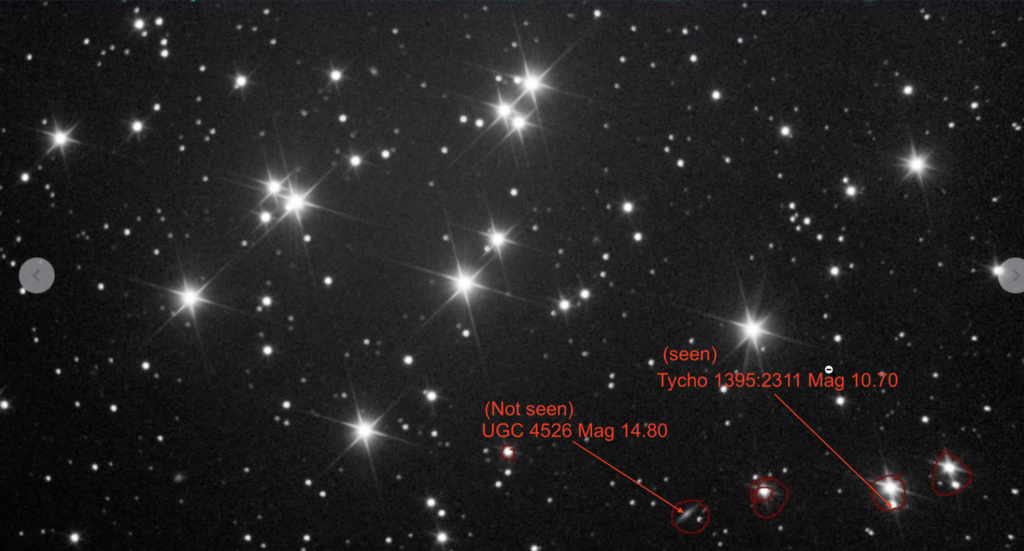
M44 Observing Notes
Looking at M44 with Nagler 31mm at 75x Mag…..
I landed up finishing M48 at 23:47. I took 30 x 300s but then checked through the last few when the dome closed and I actually got 26, I might have lost the guide or the dome slewed incorrectly or shut, not sure which.
Addendum – It turned out to be loosing the guide star and because the camera wears not in focus, so connecting the focuser and moving from 14000 to 21000 position fixed it. The star profile was much better and SNR was 25-30 instead of 10.

